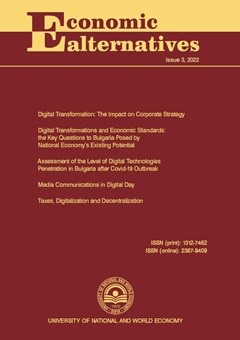Ambiguous Strategy Choice in an Economic Game D(2,2) Describing a Competition
Author: Georgi Kiranchev
Abstract
This study examines in detail the game known as the “two-bar dilemma” in the general form of the payoff matrices of the two player direct competitors. This dilemma is exclusively in the field of economics and competition. Its familiarity is therefore useful for readers who are concerned with decision making in economics in a competitive environment. All conclusions are the result of mathematical proofs and not of specific numbers specifically selected for this purpose and therefore the conclusions are generalized over all possible variants of payment matrices. The game has been shown to be much more complex and rich in possibilities than the widely known “prisoner’s dilemma”, to which the “two-bar dilemma” game was wrongly considered a complete analogue. It is explained why these two games cannot be analogous and why the game “dilemma of the two bars” is a more complex case. It has been shown that it is possible to have two Nash equilibria, which is not possible in the Prisoner’s Dilemma. It is proved that there is no optimal mixed strategy for any of the players in this game and that the players have only optimal pure strategies, different in different situations. The difference between unit profit and unit marketing cost has been shown to be important for the players’ choice of pure strategy, but it is not the unique determinant. It has been shown that a Nash equilibrium formed by pairs of “asymmetric” strategies cannot exist. It has been shown that the “loyalty” of the customers of the two bars does not matter for the choice of an optimal strategy.

